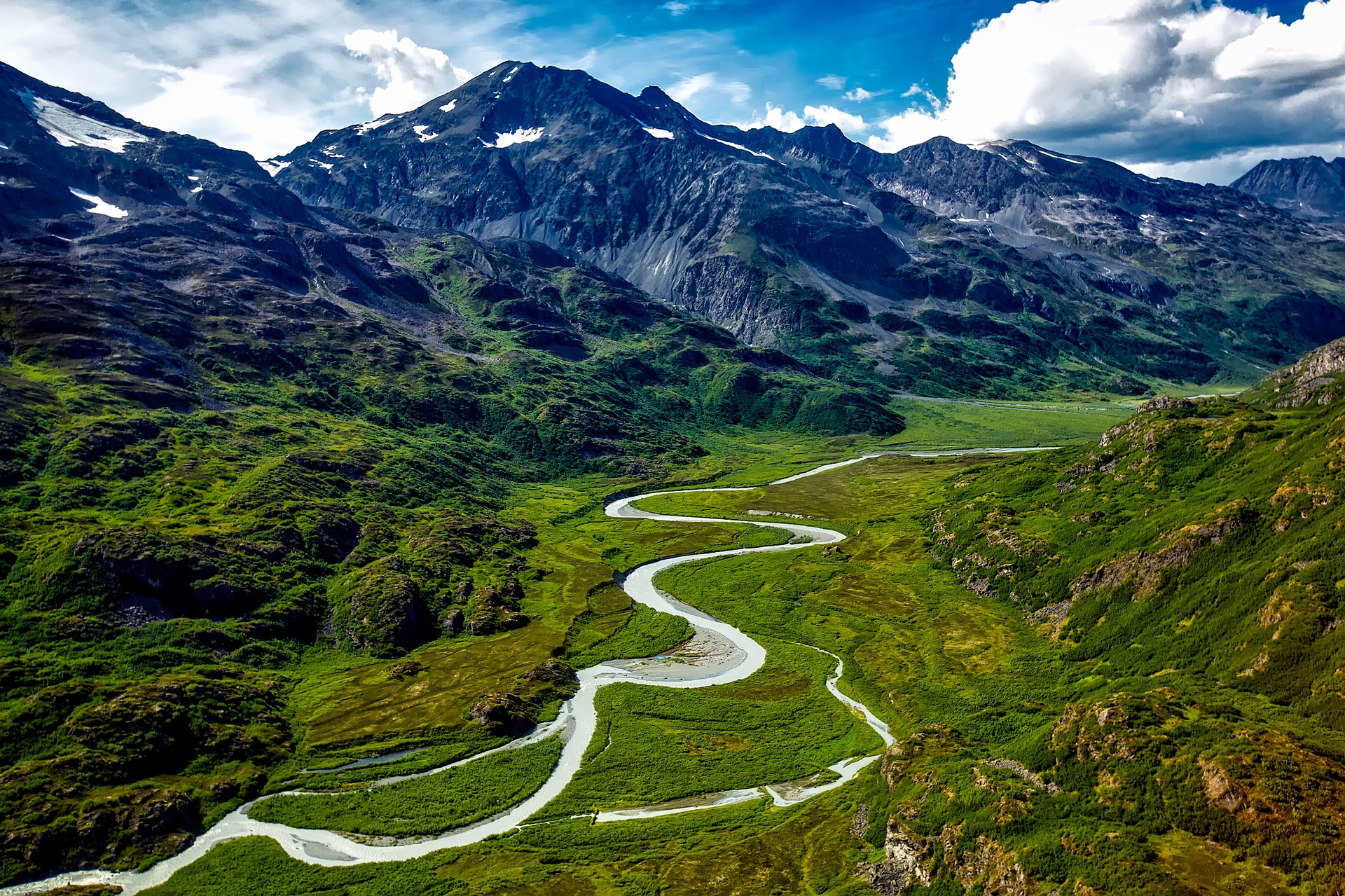Forest landowners and natural resource managers in the Northwest and Alaska are witnessing the effects of a changing climate and are faced with a variety of challenges and opportunities in making management decisions. Climate is a long-term average of atmospheric conditions over decades to centuries, whereas weather refers to changing conditions over shorter periods of time from minutes to months. The mountain ranges in the Northwest interact with wet-marine air from the Pacific Ocean and dry-continental air to produce a climate with a strong west-east moisture and temperature gradients. This variation in topography interacts with different air masses, to affect local climate and forest composition. On the west side of the Cascade mountain range, relatively high moisture and mild temperatures are conducive for Douglas-fir, red alder, western redcedar, bigleaf maple, western hemlock, Sitka spruce, and lodgepole pine. The Inland Northwest, west of the Rocky Mountains is dryer and warmer conditions favor favoring ponderosa pine, lodgepole pine, Douglas-fir, western juniper, white fir, grand fir, and quaking aspen.
In Idaho, Oregon, and Washington, melting winter snowpack produces spring runoff that provides cool water to streams and moisture during the growing season. Warmer winters and springs can result in earlier snowmelt and more rain than snow in the mountains, reducing water flow during the growing season. Higher temperatures and changes to precipitation can lead to drought, heat stress increases in pests and disease, reduced snowpack, and increased frequency of wildfires.
 Farther north, coastal rain forests found in Southeast Alaska are made up of Sitka spruce, Alaska yellow cedar, western red cedar, and mountain hemlock. In Interior Alaska, the boreal forest (taiga) is comprised of black spruce, white spruce, quaking aspen, paper birch, balsam poplar, larch, alders, willows and lichen. Forests of the Northwest provide local communities with water, timber, food, cultural values, spiritual values, ecosystem services, habitat for plants and wildlife, bioenergy, and recreation.
Farther north, coastal rain forests found in Southeast Alaska are made up of Sitka spruce, Alaska yellow cedar, western red cedar, and mountain hemlock. In Interior Alaska, the boreal forest (taiga) is comprised of black spruce, white spruce, quaking aspen, paper birch, balsam poplar, larch, alders, willows and lichen. Forests of the Northwest provide local communities with water, timber, food, cultural values, spiritual values, ecosystem services, habitat for plants and wildlife, bioenergy, and recreation.
Alaska has been at the forefront of climate change and has warmed twice as fast as the rest of the US. Sea ice, glaciers and permafrost are melting, spring snowmelt is occurring earlier, all of which dry out landscapes, affecting local ecosystems and wildlife habitat.
To maintain sustainable and productive forests and lower risks from variable weather check out short-term and long-term forecasts and decision support tools.
Some strategies that foresters and natural resource land managers are implementing to build greater resilience in the face of more extreme and variable weather, include:
- Reducing disturbance effects by altering tree planting and harvest strategies
- Reducing stand densities to reduce wildfire risk
- Considering changes to species selection for restoration projects to match predicted climate conditions and reduce risk from climate variability
- Increasing genetic variation to reduce risk from climate variability

